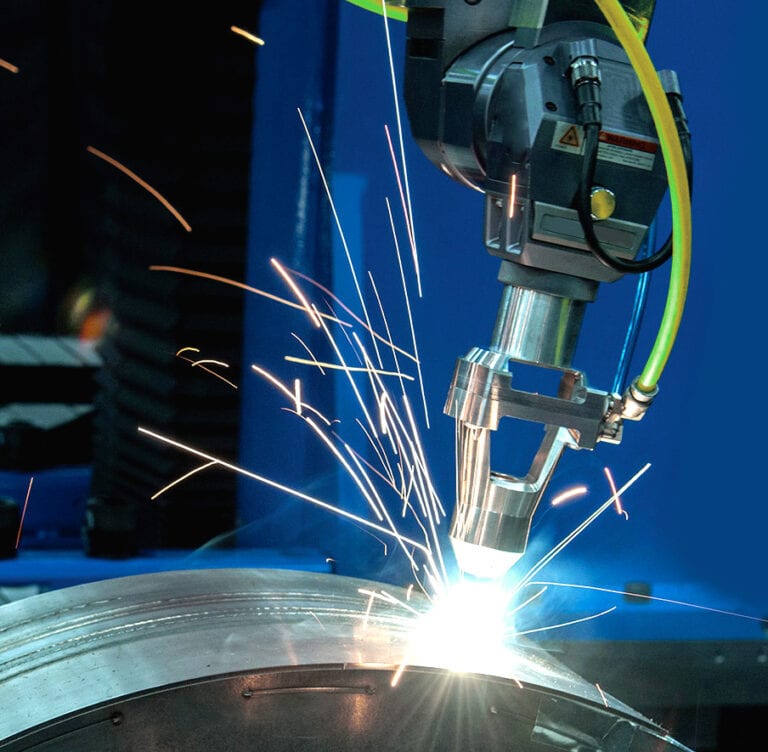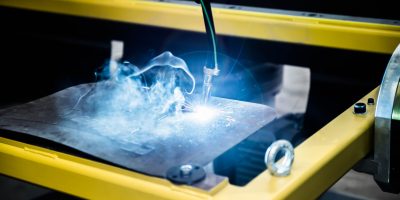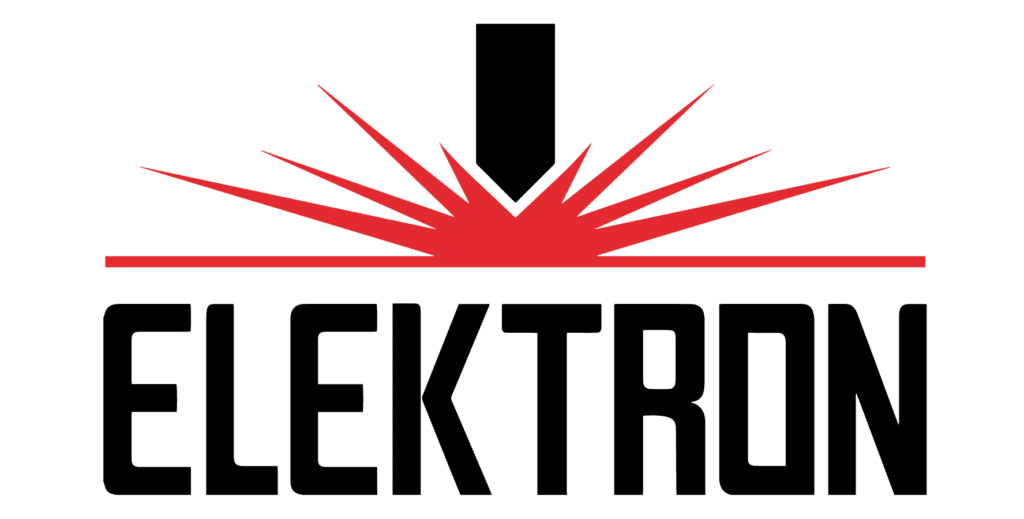Laser welding is currently the most modern and innovative welding method, characterised by exceptional accuracy, durability, and processing capacity. This is a relatively new technique, which, however, quickly won the hearts of specialists in the welding industry. Why? What makes it the best on the market?

What is laser welding?
A welding laser is a method that consists of fusing the area of the contacts of the joined elements with the heat supplied by bringing a given area to a high temperature with the help of a concentrated beam of coherent light. There are two such coherent or coherent rays. Their coherence depends on the wavelength and amplitude, i.e., the phase difference constant in time and the same plane of polarization. During the implementation of laser welding, no filler is used, and the most important feature of this type of operation when joining steel is to ensure that the so-called weld is characterised by material properties that are maximally similar to those of the base metal. Sometimes it is possible to use filler wire for laser welding. It may be cold or inductively heated.
Both CO2 lasers and fibre lasers are used for laser welding. This is because the weld is exposed to contamination and the need to use protective gases. The technique of welding with lasers consists of local heating of the material with a concentrated beam, and then, as a result of evaporation, a capillary is obtained, the diameter of which varies between 1.5 and 2 times the diameter of the focal point. The vapour pressure prevents it from closing. The following gases are most often used for laser welding:
- Argon,
- Nitrogen,
- Carbon dioxide,
- Helium.
The very high power densities of the laser beam mean that the linear energy of welding is at the level of the minimum parameters needed to melt the joint. Similar to this process, the deformation of the joints is so small that the welded items are ready almost immediately and do not require secondary machining.


The most important parameters of laser welding
The power of the laser beam directly affects the depth of fusion of the joint. Therefore, the excess power for a given welding material may cause unevenness and blisters on the welded material.
The length of the laser beam focal length between 38 and 75 mm provides a greater depth of penetration while increasing the length of the beam to 125-2500 mm results in a greater beam tolerance.
The average speed of laser welding with automatic tooling is one to five metres per minute.
Laser welding and hybrid laser welding are used in the automotive, shipbuilding, railway, and agricultural sectors, as well as in the production of large-sized machinery and containers.
Laser welding is a technique characterised by low linear energy and narrow penetration of the weld, which guarantees an aesthetic result in the appearance of the final element. When large and thin sheets are joined, laser welding is often the only welding method to avoid thermal deformation in the end product.
The likelihood of modifying the base material’s hardness and strength is reduced when laser welding is used.
What are the main types of lasers used in welding?
- CO2 molecular lasers.
- pulse lasers with a crystalline active element.
What are the main advantages of laser welding?
- excellent mechanical properties,
- extremely narrow HAZ zone,
- Ease of process automation,
- No binder
- The weld’s accuracy and precision
- high efficiency,
- Welding of materials that are difficult to weld
- very good abrasion properties,
- small thermal deformation, i.e., the flatness of the result,
- Individual thickness and weld properties can be chosen.
- attractive price compared to traditional methods.
- Weldability of steel in various grades and dimensions
Recommendations for the use of laser welding
Unlike electron welding, laser welding can be used to join almost all types of metals and their alloys. This welding method is perfect for joining huge amounts of small-sized elements with a very small thickness. They are used in almost all branches of the manufacturing sector.

